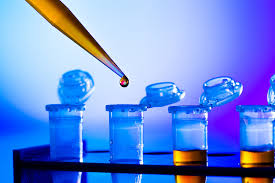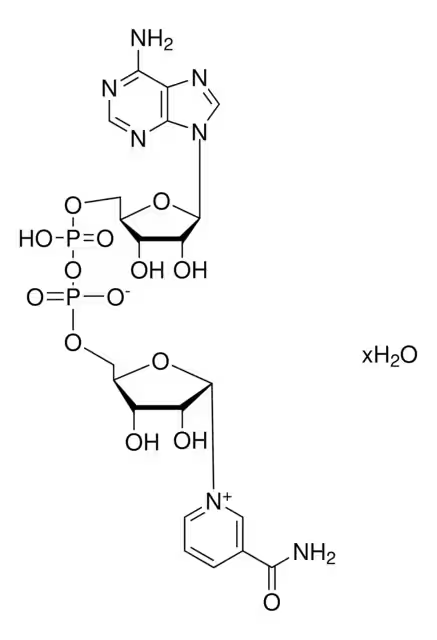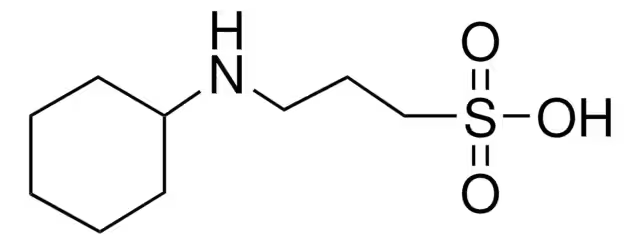- About Us
-
Products
- Biopharma Raw Materials (87)
- Pharma Raw Materials (334)
- Food Raw Materials
- IVD Raw Materials (523)
- Enzymes ( Pharma / Biopharma /Food/Diagnostics) (23)
- Pharma Impurities
- Industrial Chemicals
- Cosmetics Raw Materials
- Research Chemicals (4126)
- Pharma QC / Microbiology Lab Chemicals (78)
- Consultancy Services
- Molecular Biology Applications and Molecular Diagnostics Raw Materials (497)
- Trinder Reagents , Buffers , Chemicals For Ivd Or Diagnostic Manufacturing (14)
- Raw Materials For Hematology Diluent & Reagents Manufacturing (16)
- Autoclave
- Fmcg Healthcare
- News & Events
- Blogs
- Career
- Certification
- Contact
- Download Catalogue

Types Of Ivd Raw Materials.
The variety of raw materials used in IVD development reflects the diversity of diagnostic tests available today. These materials can be grouped into several broad categories:
-
Biological Components
Biological materials are at the core of many IVD products, especially in molecular diagnostics, immunoassays, and microbiology. These materials may include:
-
- Antibodies: Used in immunoassays to detect specific proteins, pathogens, or antibodies in the sample.
- Antigens: Employed to detect the presence of specific pathogens or to test for immune response.
- DNA/RNA: Extracted from pathogens or patient samples, DNA or RNA is central to many molecular tests, such as PCR (polymerase chain reaction).
- Enzymes: Used as reagents in tests that measure specific biochemical reactions.
-
Chemicals and Reagents
Reagents are chemical substances or mixtures used in diagnostic tests to produce a reaction or detect a target substance. Key examples include:- Buffers: Used to maintain the pH level in diagnostic reactions.
- Conjugates: Typically antibodies or antigens linked to a detectable marker, such as a fluorescent dye or enzyme.
- Substrates: Chemical substances that react with conjugates to produce a measurable result, such as color change or light emission.
- Solvents and stabilizers: Used to dissolve or preserve reagents for later use.
-
Polymer Materials
Polymers are essential for the manufacturing of diagnostic devices and consumables, including test strips, microplates, pipette tips, and housings for diagnostic instruments. These materials must be biocompatible, durable, and able to withstand the conditions of testing (e.g., moisture, heat, and chemical exposure). Common polymers used in IVDs include:- Polypropylene: Widely used in consumables like test tubes, microplates, and pipette tips.
- Polystyrene: Common in diagnostic equipment, including microplates and test wells.
- Polycarbonate: Often used for protective covers and casings due to its durability and optical clarity.
-
Nanomaterials
Nanotechnology has made a significant impact on IVDs, offering enhanced sensitivity and specificity in diagnostic tests. Nanomaterials like gold nanoparticles, quantum dots, and carbon nanotubes are increasingly used to improve detection methods, including:- Surface plasmon resonance (SPR): A technique used to detect biomolecular interactions with the help of nanoparticles.
- Magnetic nanoparticles: Used for targeted delivery of reagents or for enhancing assay sensitivity.
-
Microfluidic and Lab-on-a-Chip Materials
Microfluidics involves the manipulation of small volumes of fluids within micro channels, and lab-on-a-chip (LOC) technology integrates multiple diagnostic functions on a single chip. These platforms often require specialized materials, including:- Silicon: For creating microstructures and channels.
- Polydimethylsiloxane (PDMS): A flexible material used for fabricating microfluidic devices.
- Glass: Sometimes used for high-precision components in diagnostic systems.

Nad
- 18 November 2024
- Admin

Nadh
- 18 November 2024
- Admin

Caps Buffer Extrapure, 99%
- 18 November 2024
- Admin

